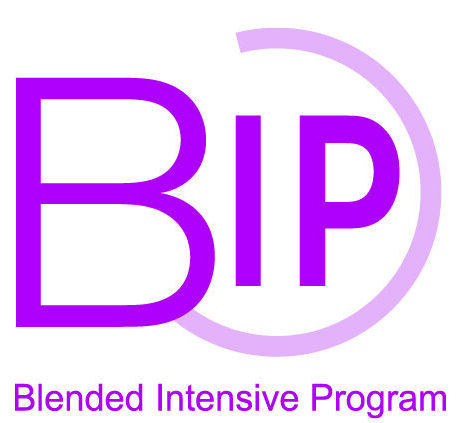Aims and scope
The aim of „The Circularity of Polymers” program is to propose state-of-the-art circular value chains for various polymer types, taking into account the material’s properties, complexity of common plastic materials, recent innovations in the given field (e.g. recycling types, new sorting technologies, biobased materials and bioplastics, etc.) and currently existing waste management schemes. During this Blended Intensive
Program, visions, methodologies and best practices will be shared and discussed between professors and students virtually as well as face to face in order to set the new horizon for circular polymers. Special sessions with industrial experts will be dedicated to the today’s challenges in plastics waste types.
Learning outcomes
- The student can relate the chemical structure of polymers to its circularity potential
- The student understands the thermodynamic limitations of recycling
- The student has a solid knowledge of the complexity of various polymer waste types/mixes
- The student can explain the tension between market demands (i.e. technical performance and/or aesthetics) and circular design
- The student can map material flows in a value chain
- The student knows the state-of-the-art in mechanical recycling of polymers
- The student knows the state-of-the-art in (thermo)chemical recycling of both polyolefin-type materials and of heteropolymers
Prerequisites
- The student is expected to have a knowledge of speaking and writing of English, as well as knowledge of reading and comprehending of English.
- The student is expected to have a general notion of the basic concepts of Chemistry, Biochemistry, Materials Science.
- The student is recommended to have knowledge of organic chemistry and polymer chemistry.
- The student is recommended to have basic notions of economics.
Course details
- Timing: spring semester
- Credits: 3 ECTS
- Contact hours: ca. 40 h
- Study load: ca. 86 h
- Language: English
Course activities
The course will cover several domains related to the circularity of polymers. Before the in-person intensive week, the student is expected to follow some lectures about Introduction to polymer science: the idea is that the student knows how polymers are synthesized, and what their main structure-property relations are.
During the in-person intensive week, each day lectures are given related to one of the 5 main domains related to the circularity of polymers. These domains are defined as: defining the problem of polymer circularity, insight into plastic waste of all sorts, insight into molecular carbon cycles, design for circularity and for energy and circular policies.
The lectures are given by scientific experts, and are composed of both practice as well as international state-of-the-art research. The lectures will follow the following tentative schedule:
DAY 1: Defining the problem of polymer circularity. Topics may include for instance: synthesis of polyolefins, synthesis of heteropolymers, bioplastics, boundaries of circularity, sustainability assessments.
DAY 2: Plastic waste of all sorts. Topics may include for instance: MFA of plastics, characterization of plastic waste, sorting and refining, mechanical recycling.
DAY 3: Molecular Carbon Cycles and recycling technologies. Topics may include for instance: introduction to chemical recycling, chemical recycling of polyolefins, chemical recycling of heteropolymers.
DAY 4: Advanced polymer design for circularity. Topics may include for instance: composites for energy applications, recycling of composites, circular product design, biobased and/or biodegradable polymers.
DAY 5: Expert applications. Topics here are selected based on the expertise of the local organizer.
Besides the in-person week, the students will get a group task, in which they will discuss a topical matter with respect to circular economy. They work on this project mainly during the virtual phase, and are supervised by one of the participating experts. These projects will be evaluated (presentation and defense) during one online lecture near the end of the semester.
Assessment and grading
The assessment consists of the following four components:
– 20% Pre-test (introduction to polymers science lectures – self study)
– 50% Team Paper
– 20% Team Presentation
– 10% Individual Defense
The student is expected to pass each component of the evaluation above separately, being the pre-test, the paper, the presentation, and the defense. If a student does not pass one or more components, they shall have to retake the failed component(s) in June.
Written assignment:
The aim of the paper is to propose a state-of-the-art circular value chain for various polymer types, taking into account the material’s properties, recent circularity innovations (e.g. chemical recycling, new sorting technologies, reversible bonding, biobased plastics…) and currently existing waste management schemes. The idea is that your new material value chain has a higher circularity than the currently existing systems in various EU countries. First of all, evidently, you inventorize and study novel circularity technologies related to the polymer of your assignment. You analyze what is currently the material flow of the plastic in question, and suggest how this should change to accommodate novel technologies. This could involve, non-exhaustively, changes in collection methods, changes in sorting, different product designs or production changes, modifications to the polymer itself, etc.
